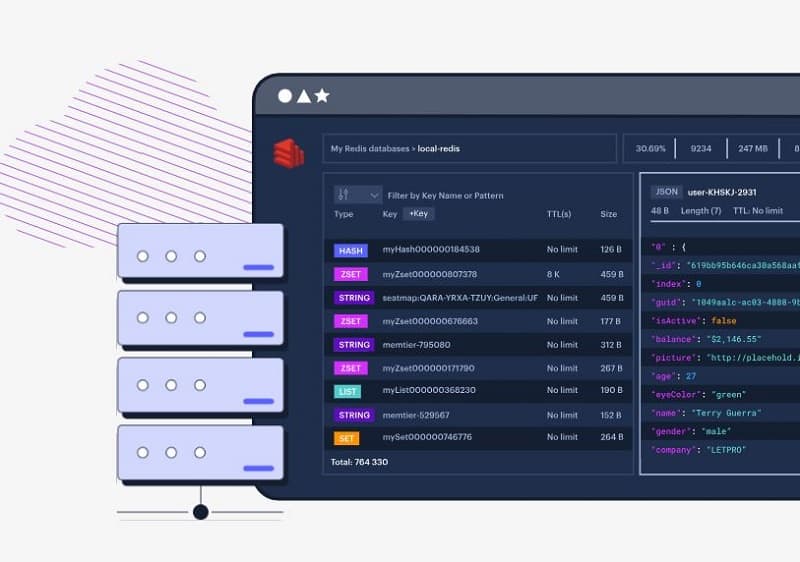#redis
#redis
[ follow ]
#open-source #licensing #cve-2025-49844 #remote-code-execution #valkey #agplv3 #lua-scripting #caching
fromTechzine Global
3 months agoHow to survive an end-of-life software experience
Redis Enterprise 7.2 comes to its official end of life in February 2026, so what should users do in this situation and what lessons can they take away for the end-of-life management experiences that they will inevitably experience with other platform and tools? Redis is good, but when a version update drives users into an alleyway, what should they do? As an open source, in-memory data store known for its ability to act as a distributed cache, message broker and database, Redis is lauded for its high-performance, low-latency read/write speeds achieved through memory data storage. Come February next year, Redis software application developers, data science professionals and other connected operations staff will need to have been doing some prudent planning.
DevOps
fromThe Hacker News
3 months agoGeoServer Exploits, PolarEdge, and Gayfemboy Push Cybercrime Beyond Traditional Botnets
Cybersecurity researchers are calling attention to multiple campaigns that leverage known security vulnerabilities and expose Redis servers to various malicious activities, including leveraging the compromised devices as IoT botnets, residential proxies, or cryptocurrency mining infrastructure.
Information security
fromInfoQ
7 months agoRedis 8 Targets AI Applications with New Data Type for Vector Similarity
The goal of the new data structure is, in short, to create a new "Set alike" data type, similar to Sorted Sets, where instead of having a scalar as a score, you have a vector... asking for elements similar to a given query vector.
Data science
[ Load more ]








